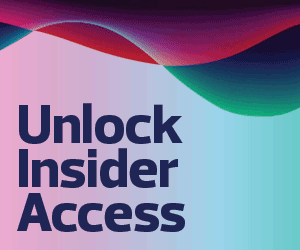In a report on the project, experts identified three trends facing education this year in the following categories: hurdles (barriers), accelerators (trends) and tech enablers (tools).
What Are the Hurdles, Accelerators and Tech in K–12 Education?
Our experts believe the top three barriers to innovation in education this year are scaling innovation and inertia of education systems, attracting and retaining educators and IT professionals, and digital equity.
The biggest accelerators or trends in education this year are personalization, building the human capacity of leaders, and social-emotional learning.
And finally, our advisers identified digital collaboration environments, untethered broadband connectivity, and analytics and adaptive technologies as the top three ed tech enablers this year.
What Is the Meaning Behind These 2022 Education Trends?
What’s different about this year’s report versus the previous ones? A few key observations come to my mind.
First, scaling innovation has been on the list of hurdles for a number of years, but this year our experts added “inertia of education systems.” While we saw dramatic change nearly overnight starting in March of 2020, our education systems are largely not designed for quick change. Today, we are seeing a form of inertia in education that resists change and discourages innovation.
Second, the mass exodus of educators and IT professionals from K–12 is creating a crisis for our education system and our K–12 learners. Winston Churchill famously said, “Never let a good crisis go to waste.” Both educators and IT staff are leaving the education sector for a variety of reasons, including the absence of serious professional development opportunities, limited growth paths and low salaries.
KEEP READING: Outdated technology contributes to teacher resignations in K–12 districts.
One respondent to our survey, David Deeds with the American International School of Egypt in Giza, shared this: “An IT admin tends to wind up with more than just one job … sometimes two or three … but the paycheck remains the same.”
We can gain from this crisis, but only if we seize the moment and address the concerns that are driving away some of our best and brightest.
Third, some of the hurdles and accelerators, such as digital equity and social-emotional learning, have always been on our radar, but the pandemic brought them to the top of the list. Likewise, 2022’s tech enablers answer those pandemic concerns of equity, such as digital collaboration environments, untethered broadband connectivity, and the growing ability to use artificial intelligence for analytics and adaptive applications.












